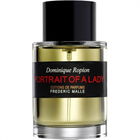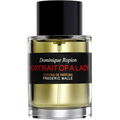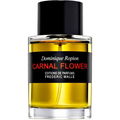07/20/2017

jtd
484 Reviews

jtd
Top Review
10
en passant
En Passant is a consummate spring scent. It balances a cool, aquatic heart with soil-like accents to recreate the tension at the center of lilac—the crispness that doesn’t quite disguise an oily nature. I’ve seen En Passant described as muted and pastel, euphemisms for vague, washed-out fragrances, but there’s too much shadow and undertow in En Passant for it to be considered bloodless. Giacobetti might play with simplicity but she doesn’t settle for it and she doesn’t spare the cream in the recipe. The perfume is padded precisely where it needs to be. En Passant’s semblance of simplicity is a red herring, though. It might come off as spare but it conceals a sophisticated approach and becomes more detailed the closer you look.
A lot has been made of the perfume’s cucumber and wheat notes, how they modulate the central floral accord and keep it from becoming too sweet, too simple. It’s true that the accord is unexpected. And it’s remarkably effective in creating the detail that lets the perfume simultaneously portray a single flower and an entire season. But embedded in the accord like drop of ink in paper is a waxy/nutty, almost tactile facet. It widens the central floral sketch and gives the perfume’s trail weight and momentum.
Depending on whom you talk with En Passant is either an essay on rain, a sort of modern descendant of Après l’Ondée, or a lilac soliflor. Impressionism or representation. Visual art terms only have ballpark accuracy when applied to perfume.
Representation is tricky and the assumption that recreating ‘nature’ is perfume’s highest modality is still widespread. Giacobetti, like Roudnitska before her, challenged the premise. His answer to the question of how perfume relates to nature was to compose a detailed muguet soliflor still life. From her fig perfumes for Diptyque and l’Artisan Parfumeur to her carrots, irises and roses Giacobetti offers a succession of solutions to Roudnitska’s question, as if to imply that there are at least as many explanations as there are subjects. With En Passant, she creates a faithful lilac soliflor at the same time that she offers a more upbeat vision of a rainy day than Jacques Guerlain’s. It’s a fantastic accomplishment for a seemingly simple lilac soliflor.
from scenthurdle.com
A lot has been made of the perfume’s cucumber and wheat notes, how they modulate the central floral accord and keep it from becoming too sweet, too simple. It’s true that the accord is unexpected. And it’s remarkably effective in creating the detail that lets the perfume simultaneously portray a single flower and an entire season. But embedded in the accord like drop of ink in paper is a waxy/nutty, almost tactile facet. It widens the central floral sketch and gives the perfume’s trail weight and momentum.
Depending on whom you talk with En Passant is either an essay on rain, a sort of modern descendant of Après l’Ondée, or a lilac soliflor. Impressionism or representation. Visual art terms only have ballpark accuracy when applied to perfume.
Representation is tricky and the assumption that recreating ‘nature’ is perfume’s highest modality is still widespread. Giacobetti, like Roudnitska before her, challenged the premise. His answer to the question of how perfume relates to nature was to compose a detailed muguet soliflor still life. From her fig perfumes for Diptyque and l’Artisan Parfumeur to her carrots, irises and roses Giacobetti offers a succession of solutions to Roudnitska’s question, as if to imply that there are at least as many explanations as there are subjects. With En Passant, she creates a faithful lilac soliflor at the same time that she offers a more upbeat vision of a rainy day than Jacques Guerlain’s. It’s a fantastic accomplishment for a seemingly simple lilac soliflor.
from scenthurdle.com




 Lilac
Lilac Cucumber absolute
Cucumber absolute White musk
White musk Cedar
Cedar Rice
Rice Wheat
Wheat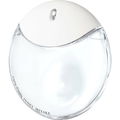
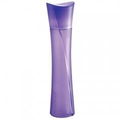
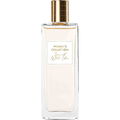



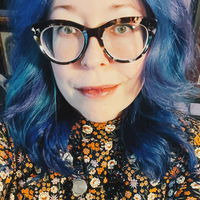

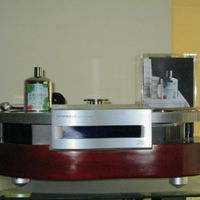

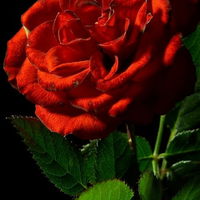

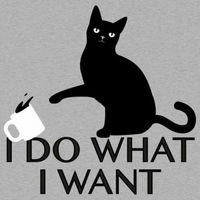

 Kurai
Kurai Chrysoptera
Chrysoptera Urnottuesday
Urnottuesday PurpleKat
PurpleKat FreshKatsu
FreshKatsu Rachelg
Rachelg KimJong
KimJong AndPeasant
AndPeasant Cumulnimbus
Cumulnimbus Daae
Daae
